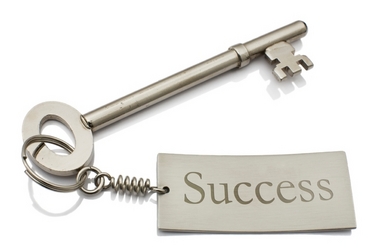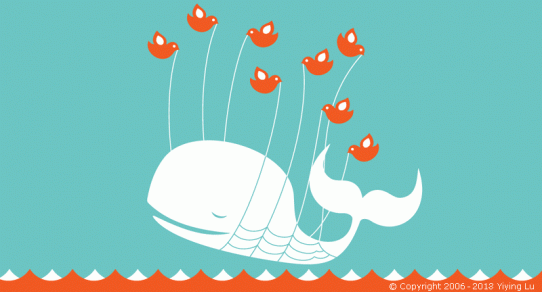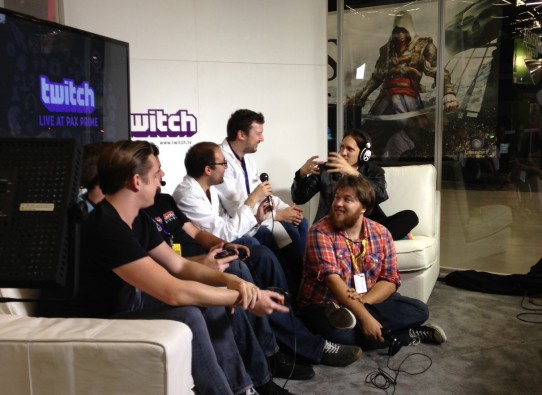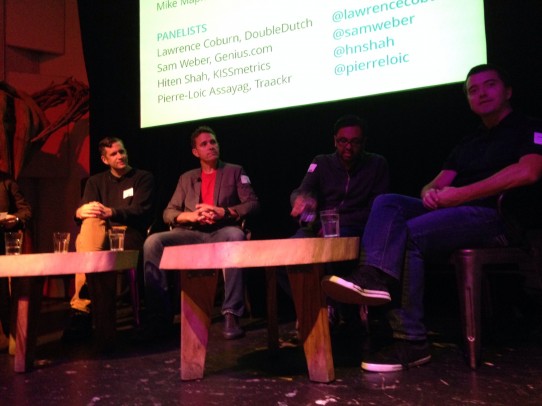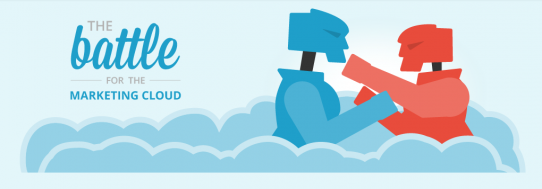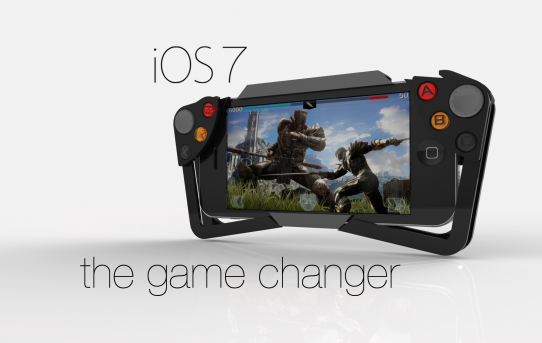
Ask any game developer on iOS and Android today about the challenges they face in succeeding (i.e. turning a profit, making a sustainable living), and chances are there will be expressions of frustration and negativity. Save for companies that have already established themselves in the mobile marketplace and can afford to build and sustain a customer base, an overwhelming majority will never see a penny of profit.
At the same time, the mobile game market is at a crossroads. On one hand, you have casual experiences being churned out that can be monetized through growth hacking, a.k.a. the ability to target, but and convert players into paying customers. On the other hand, unique game experiences with deep and engaging levels of gameplay that can appeal to true “gamers” are finding it incredibly challenging to succeed, experiences that might command an upfront payment for a quality experience, one that such gamers are willing to pay.

Yet, the touchscreen experience doesn’t match the deep level of gameplay that sufficiently satisfies the needs of the average gamer. A few hours of playing a serious shooter, and you’re left with finger burn and a crooked wrist. This is why I adamantly support Nintendo’s strategy to continue building out their own platform with dedicated portable consoles, but that’s best left said in another blog post that I previously wrote.
While these challenges will persist in the near future, there is a bright spot in the mobile industry, steadily growing to help push development of high quality, deep gaming experiences that consumers might be willing to pay for – Bluetooth game controllers. Yes, multiple companies exist that provide such solutions, such as Green Throttle, Nyko, MOGA and others, but the tipping point will come with native integration of controller support by Apple and Google.

We already know about Apple’s controller API released with iOS 7, one that any developer can integrate into their game to support any wireless Bluetooth game controller. Google can’t be far behind, and we can be confident that we’ll see the support in the next year, at the most.
Free-to-play games rule the roost, and likely will for some time to come, if not permanently. This has allowed companies with the most capital to execute “growth hacking” techniques weighed heavily on user acquisition to build and sustain a player base. This has unfortunately led to an incredibly difficult marketplace for less capable developers to navigate and get discovered, especially the indie tier where the best ideas are generated and the least analytical capabilities lie. And we certainly can’t count on a quality game to succeed based on a one-time payment model. Free-to-play becomes even more challenging for the serious gamers, an incredibly difficult balance to manage in avoidance of pay-to-win perceptions.
As for “quality” games following the paid download model, $1.99 is unfortunately the maximum a majority of smartphone gamers will pay, with $9.99 and $19.99 being special price points for console ports – generally not optimal experiences built from the ground up for the touchscreen. 
With universal game controller support built into iOS and Android, we can count on gamers playing for longer periods of time. With such higher engagements, developers can build deeper experiences with flexible game mechanics and backstories that have gamers investing tens of hours of time. Such game experiences are why 35 million gamers around the globe own a 3DS, and games that sell for $40 each sell in the millions within several days of release. These are the games, like Grand Theft Auto V and Call of Duty, that smash entertainment sales records, surpassing movies and music. Many of these games just wouldn’t work on a free-to-play model.
We’ve witnessed a variety of companies enter the market to disrupt the console business, most of which have been categorized as “microconsoles”, dedicated set-top box hardware usually build on top of Linux/Android. Yet, I can’t help but think that the last thing developers need to worry about right now is another platform, particularly one with little install base to justify the additional resource investment.
Why the need for a microconsole, when we all already own one, sitting right in our pocket? The smartphone and tablet, both iOS and Android, will quickly displace the need for dedicated microconsoles that offer the same value. Connectivity to the TV an issue? Tap and stream, enabled by Apple TV and, soon, the likes of Chromecast, will eliminate this hurdle for mainstream consumers. Don’t worry about the gamers – they’re savvy enough to make it happen now, as long as they have a reason to.


To summarize why I’m optimistic about the smartphone and tablet gaming space for the future of gaming:
1.) Native integration of controllers accelerating developer adoption into games.
2.) Games built from the ground up with controller support can lean on deeper experiences that please core gamers.
3.) High quality game experiences that can be played for hours (and avoid finger burn) can command premium price points and not rely on free-to-play access and conversion.
4.) Smartphone and tablets significantly increasing in power and capabilities can offer an experience that pleases the core gamer.
5.) One-tap streaming from smartphones/tablets to TV will all but eliminate the need for dedicated consoles tethered to the TV.
6.) More freedom and flexibility for gamers – one game file and experience no matter where you are, whether played on the road or on your living room TV.
I truly believe that there’s still a bright future ahead for experiences that gamers can enjoy and would be willing to pay a premium price point for on mobile devices. The hurdles that face development and adoption of such titles is a technology challenge already being solved in the form of native controller support and mobile-to-TV streaming. This is an exciting opportunity for developers to harness and create rich game experiences that meets the behaviors and consumption habits of gamers both casual and core. For all the gamers out there, we get to enjoy great games using the hardware that we own coupled with an affordable controller, anytime, anywhere.





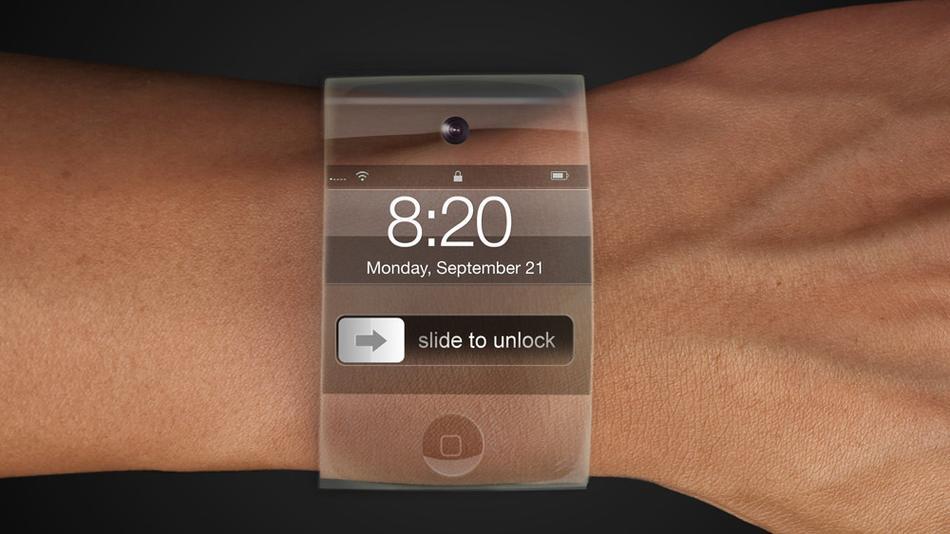



 Pebble is the most notable company to enter this space with a splash, setting the tone for how smartwatch design married with tech can get tech enthusiasts excited. Its move to
Pebble is the most notable company to enter this space with a splash, setting the tone for how smartwatch design married with tech can get tech enthusiasts excited. Its move to 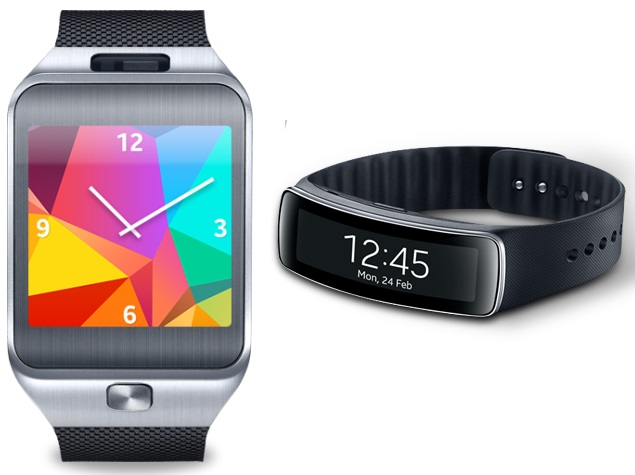 Samsung is another major player taking this space seriously, coming out with its own Galaxy Smartwatch line. Most recently, the company revealed a whole slew of
Samsung is another major player taking this space seriously, coming out with its own Galaxy Smartwatch line. Most recently, the company revealed a whole slew of  We need to completely change the notion of a smartwatch as an accessory to the smartphone, but a piece of technology that is convenient to use and solves common problems in our everyday lives. We once thought that feature phones were an amazing piece of technology that couldn’t possibly get any better, until color screens with web browsing capabilities, improved data bandwidth, and eventually the iPhone came along to change our perception of cellular phones and becoming a necessity, not a “want.”
We need to completely change the notion of a smartwatch as an accessory to the smartphone, but a piece of technology that is convenient to use and solves common problems in our everyday lives. We once thought that feature phones were an amazing piece of technology that couldn’t possibly get any better, until color screens with web browsing capabilities, improved data bandwidth, and eventually the iPhone came along to change our perception of cellular phones and becoming a necessity, not a “want.”

